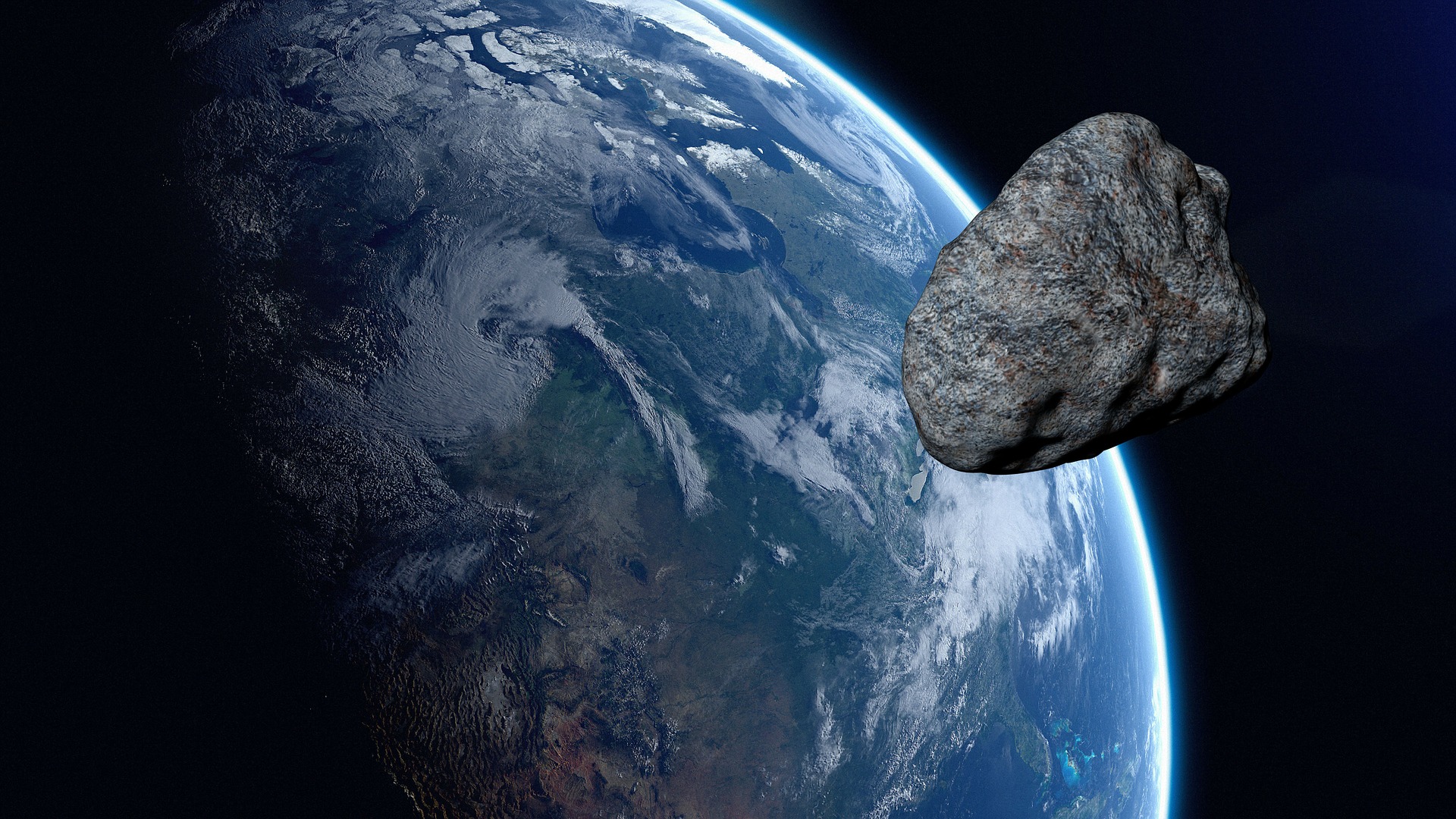Chinese project will bounce signals off asteroids to see how dangerous they are to Earth
More than 20 large radar antennas will work together to image rocky threats from space.

A leading Chinese university has begun constructing an array of more than 20 large radar antennas to track asteroids that have the potential to be hazardous to Earth.
The project, named China Fuyan (or "compound eye"), is led by the Beijing Institute of Technology. The array aims to bounce signals off asteroids within 93 million miles (150 million kilometers) of Earth (about as distant as the sun) to image and track objects and determine the possibility that they could impact our planet.
So far, two antennas have been constructed at a site in Chongqing, in southern China. The pair is expected to be tested and become operational by September, according to the Chinese-language outlet Science and Technology Daily, which first reported the development.
Related: China to launch Tianwen 2 asteroid-sampling mission in 2025
The finished system will include more than 20 radar antennas, each with a diameter of 82 to 98 feet (25 to 30 meters). Chinese news reports claim that the system will be the world's farthest-reaching radar system, but few details about the project, such as the wavelengths at which it will operate, are available.
Long Teng, president of the Beijing Institute of Technology, told Beijing news outlet Global Times that the project will meet the country's requirements for near-Earth defense and space sensing capability, as well as frontier studies on the formation of asteroids. The system could also have applicability for tracking satellites and debris in Earth orbit.
In April, the China National Space Administration announced that it is working on a planetary defense plan that includes tracking near-Earth objects and launching an asteroid-deflection test mission in the next few years, Space.com previously reported.
Get the Space.com Newsletter
Breaking space news, the latest updates on rocket launches, skywatching events and more!
The new decadal survey by the U.S. National Academies of Sciences, Engineering and Medicine found that ground-based radar could be one of humanity's best tools for protecting Earth against the threat of asteroids.
Follow us on Twitter @Spacedotcom and on Facebook.
Join our Space Forums to keep talking space on the latest missions, night sky and more! And if you have a news tip, correction or comment, let us know at: community@space.com.

Andrew is a freelance space journalist with a focus on reporting on China's rapidly growing space sector. He began writing for Space.com in 2019 and writes for SpaceNews, IEEE Spectrum, National Geographic, Sky & Telescope, New Scientist and others. Andrew first caught the space bug when, as a youngster, he saw Voyager images of other worlds in our solar system for the first time. Away from space, Andrew enjoys trail running in the forests of Finland. You can follow him on Twitter @AJ_FI.









